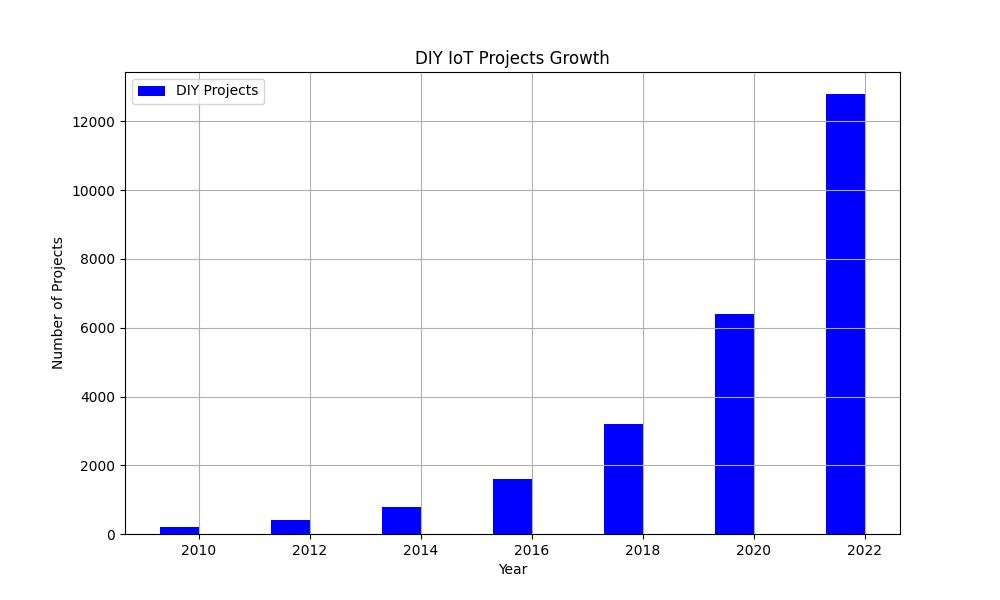Exploring the World of IoT: Connectivity and Innovation
The Evolution of IoT
The Internet of Things (IoT) represents a paradigm shift in how we interact with technology, marking the evolution from isolated systems to a globally interconnected network of devices. This transition has enabled unprecedented levels of automation, data collection, and intelligence in everyday objects. Tracing its roots back to the concept of ‘ubiquitous computing’ in the late 20th century, IoT has rapidly expanded due to advancements in wireless communications, sensor technologies, and cloud computing. Today, IoT finds applications across various sectors including healthcare, agriculture, smart cities, and industrial automation, fundamentally altering our interaction with the physical and digital world. This journey of IoT from a theoretical concept to a core technology driving the fourth industrial revolution illustrates its transformative potential. 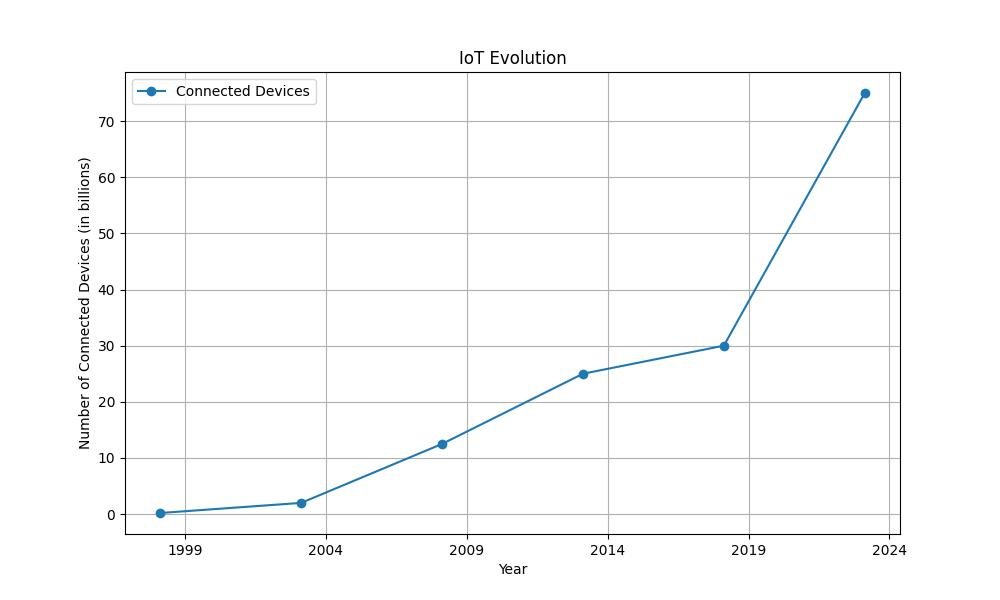
The Role of Arduino in IoT
Arduino’s emergence as a pivotal platform in IoT development cannot be overstated. It democratized access to electronics, enabling enthusiasts, educators, and professionals to bring their inventive ideas to life with relative ease. Arduino boards, known for their affordability and open-source ethos, have facilitated countless projects from simple home automation systems to complex environmental monitoring networks. The platform’s versatility is evidenced by its wide range of microcontrollers and compatibility with various sensors and actuators, making it an ideal entry point for IoT projects. Arduino has not only lowered the barrier to entry for IoT development but has also fostered a vibrant community of makers and innovators, contributing significantly to the IoT ecosystem’s growth and diversity. This section explores Arduino’s impact on IoT, highlighting key projects and the community’s creative endeavors. 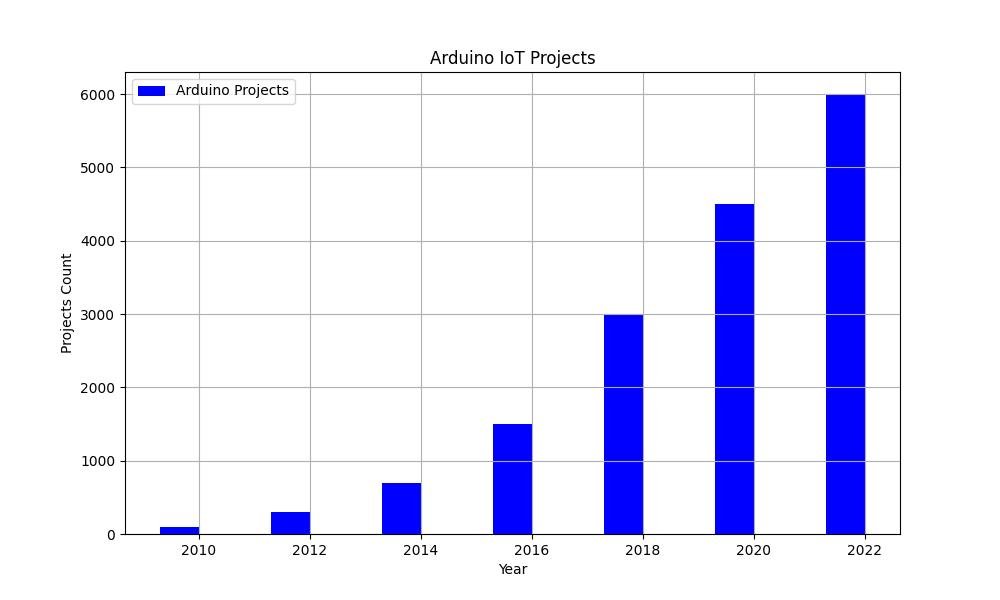
Incorporating SIM Cards into IoT Devices
The inclusion of SIM cards in IoT devices marks a significant evolution in ensuring seamless connectivity across various applications. This integration extends IoT’s reach beyond local networks to global cellular connectivity, enabling devices to communicate and exchange data over vast distances without reliance on Wi-Fi or Ethernet connections. SIM cards, with their unique ability to connect to cellular networks, unlock new possibilities for IoT applications, particularly in areas like remote monitoring, asset tracking, and smart agriculture, where connectivity is crucial. This section delves into the mechanics of SIM card technology in IoT devices, discussing the benefits and considerations of various SIM types (e.g., standard, micro, nano, and embedded SIMs) and connectivity options. It also covers the role of mobile network operators and IoT platforms in facilitating this connectivity, providing a comprehensive overview of how SIM cards are driving IoT’s expansion into new territories. 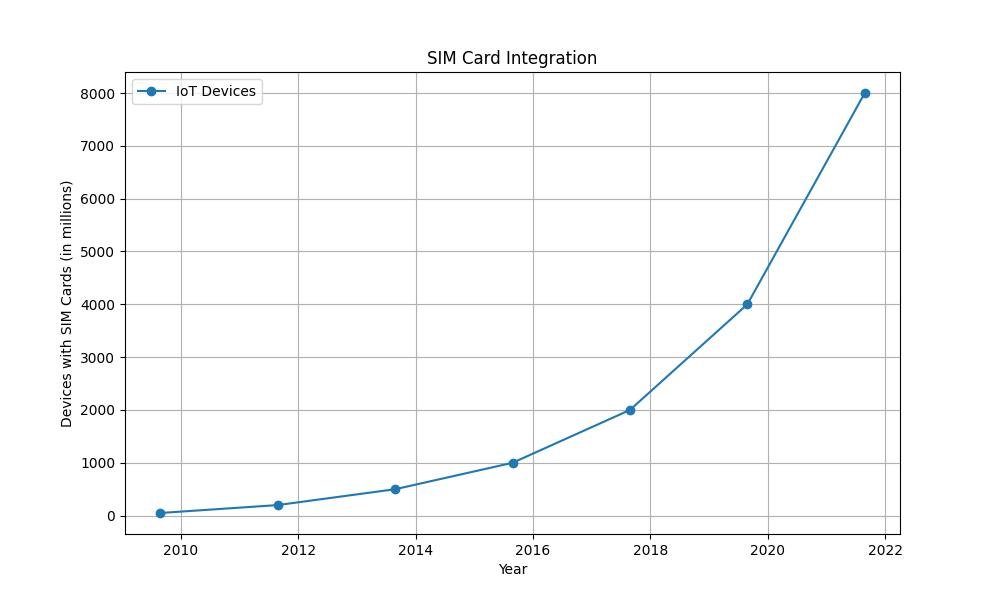
Adafruit and SparkFun: Pioneers in the IoT Ecosystem
Adafruit Industries and SparkFun Electronics stand as beacons in the IoT and maker communities, embodying the spirit of innovation and accessibility. Founded by Limor Fried and Nathan Seidle respectively, these companies have been instrumental in providing makers with the tools, components, and knowledge to explore electronics and IoT. Adafruit and SparkFun not only supply a wide range of electronic components and kits but also contribute significantly to the open-source hardware movement. Their commitment to education, through extensive tutorials and resources, empowers individuals to learn and create with technology. This section highlights the journey of Adafruit and SparkFun, their impact on the IoT ecosystem, and how they continue to inspire a new generation of makers and entrepreneurs. 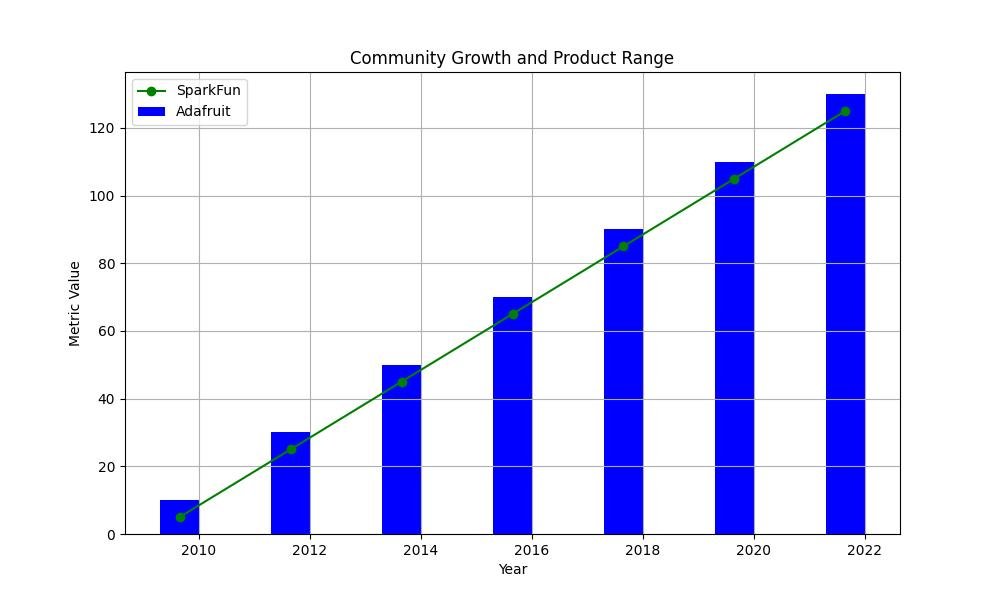
Business Opportunities in IoT
The IoT sector presents a fertile ground for innovation and entrepreneurship, offering a myriad of business opportunities across various industries. From IoT platform services and connectivity solutions to the development of smart devices and applications, the potential for creating value is vast. This section examines the landscape of IoT business opportunities, emphasizing areas such as smart homes, industrial IoT (IIoT), healthcare IoT (IoT), and smart cities. It provides insights into starting and scaling IoT businesses, including market analysis, product development strategies, and partnership ecosystems. The discussion also explores case studies of successful IoT startups, highlighting key takeaways and best practices for aspiring entrepreneurs looking to venture into the IoT space. This comprehensive overview aims to inspire and guide individuals and companies to capitalize on the opportunities within the dynamic and expanding field of IoT. 
DIY IoT Projects for Beginners
Engaging in DIY IoT projects is an excellent way for beginners to dive into the world of electronics and IoT. This section outlines several beginner-friendly projects that utilize popular platforms like Arduino, ESP8266, and ESP32. Projects include building a simple weather station, creating a smart home system, and developing a plant watering system. Each project is detailed with a list of required components, step-by-step instructions, and sample code to get started. These projects not only provide a hands-on learning experience but also inspire creativity and innovation. By undertaking these projects, beginners can gain a practical understanding of IoT principles and the satisfaction of bringing their own IoT solutions to life. 